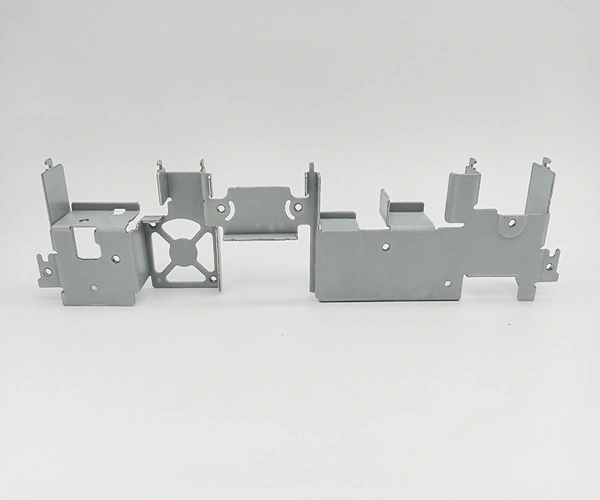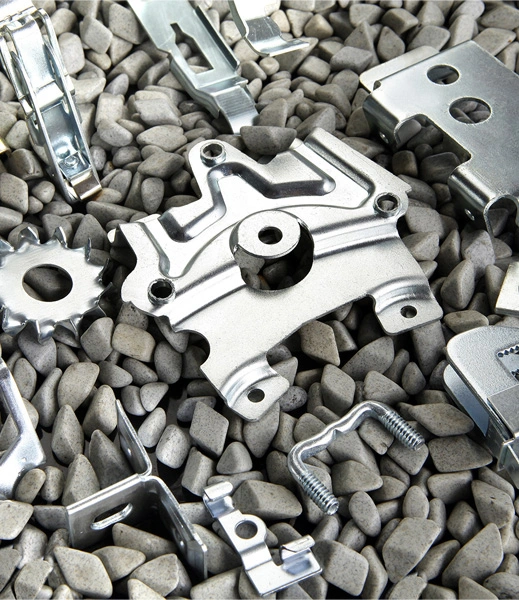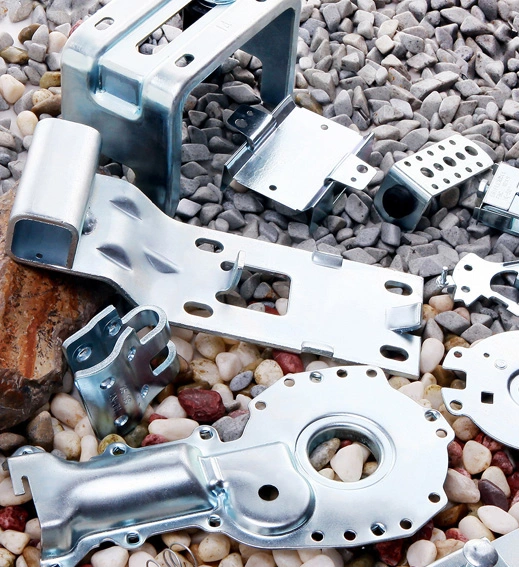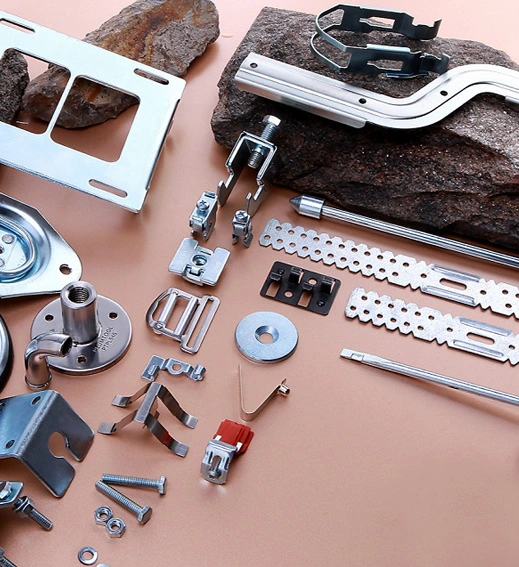

Material: carbon steel/stainless steel/aluminum/copper/galvanized sheet available
Thickness: 0.03 inch
Tolerance: ±0.005 inch
Manufacturing process: compound stamping
Surface treatment: powder coating /painting /anodization /sandblasting /zinc coating etc available
1. Improve production efficiency
Traditional stamping molds can generally only produce parts of a single shape. If complex shaped parts need to be produced, the mold needs to be constantly replaced, resulting in low production efficiency. The stamping composite die structure can simultaneously produce multiple parts with similar shapes, which not only reduces the time for mold replacement, but also saves space on the production line and improves production efficiency.
2. Reduce costs
The production and maintenance costs of traditional stamping dies are high, and require a lot of manual operation, making it difficult to control the cost. The stamping composite die structure can achieve equal or even better performance through the combination of different materials, while reducing the cost of mold production and maintenance, which can truly reduce product costs.
3. Improving product quality
Traditional stamping dies are prone to quality problems such as deformation and cracks during the production process, which seriously affect product quality and reduce customer recognition. By optimizing the structure of the stamping composite die, these problems can be effectively avoided, thereby improving product quality.
In practical applications, stamping composite die structures have been widely used, especially in fields such as automobiles and aviation. Components in these fields often need to meet multiple performance requirements simultaneously, while stamping composite molds can achieve equal or even better performance through the combination of different materials.
Of course, the structure of stamping composite molds is not omnipotent, and its applicability is relatively limited. If it is necessary to produce large quantities of single shaped parts, traditional stamping molds are still the best choice. However, with the continuous improvement of materials science and process technology, the application scope of stamping composite die structures will continue to expand.
In short, the emergence of stamping composite die structures marks the further development of stamping technology. It not only has the advantages of improving production efficiency, reducing costs, and improving product quality, but can also be applied to more complex part production. With the continuous improvement of technology, it is believed that the stamping composite die structure will be more widely used in the future.



